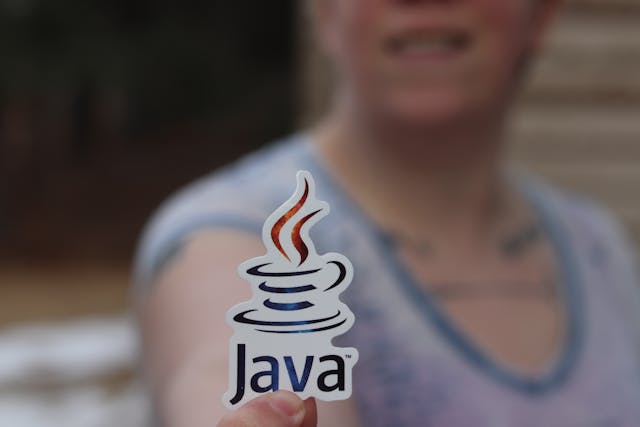The Talks About the Development of Next-Gen COVID-19 Vaccines
America is dealing with BA.5 surge. The country has witnessed the worst impact of the COVID-19 pandemic so far in every sense. Initially, the whopping number of deaths and infections made it buckle down. It also affected the country’s economy. Many businesses closed down, and millions of Americans lost their jobs. The stock market became volatile, with major swings in both directions. Then, there was a shortage of many essential items, including medical supplies and personal protective equipment. However, the true American spirit of resilience and courage changed the narrative soon. The US government responded to the pandemic with several measures, including providing financial assistance to businesses and individuals and increasing testing and contact tracing.
The government took every measure to combat the pandemic, while some critics believed they could do more. No matter what, the truth is coronavirus is one of the highly mutating viruses, and the White House is pondering over the development of next-gen immunizations to prevent new variants from causing havoc by reducing transmission and infection rates drastically. The focus is on the existing shots that proved enormously impactful in curbing fatality and severity.
The expectations from the new efforts
A group of notable scientists, prominent government officials, and pharma executives have come together to discuss the roadmap for the same. Covid-19 response coordinator Ashish Jha says that the new vaccines will be far more effective and durable regardless of the evolution of the variants. The intention is to reduce the infection rate by 90%, making COVID-19 disappear in the background and be like any other respiratory issue. These campaigns, however, require a handsome investment.
Many scientists have expressed their support for the summit that aims to find new and better immunizations for the virus. Yale’s researcher Akiko Iwasaki said that this is a good sign. Iwasaki is the lady behind the research of the nasal vaccine booster. Her new venture will soon introduce the technology. According to her, new-gen vaccines are potentially the only way to thwart transmission and infection; regardless of what happens and how it is undeniable that there is a sense of optimism that the new solutions will be effective in curbing the spread. The current mRNA shots by Moderna and Pfizer have been excellent in slowing down severe illnesses and fatality rates. However, they don’t prevent the spread.
The current surge of Omicron sublineages, including BA.4 and BA.5, has already led to making new vaccines targeting them. These doses can be available by fall.
The doubts around strategy
The summit realizes there is a need to find the perfect balance between protecting Americans from death and the severity of the illness without bogging them down with too many boosters. A committee member Henry H. Bernstein added that it is critical to convincing those who have not taken their jabs to complete the course because evidence also shows that immunized people had better protection against others. While it is valid, one cannot point out how successful this endeavor will be. After all, many states already show growing intolerance toward COVID measures. A case in point is a MyBioSource study that highlights that places like Montana (31%), Colorado (12%), and Louisiana (15%) exhibit rising aversion toward official measures.
Other data also reflect the government’s inability to motivate Americans to take their 3rd and 4th doses despite presenting that the effect of shots stays for a couple of months. As per CDC reports, 71% of Americans over five years of age have taken two doses of the initial vaccines. However, only 49% of the candidates opted for their first booster jabs, and only 26% took the second dose of the same. In the same vein, Kaiser Family Foundation’s survey informs that 50% of the unvaccinated people said they would not take vaccines, and just 3% said they would get jabbed only if the new doses eliminated the risk of infection.
With this, there is a concern about funding because new vaccine development would demand billions of dollars of investment. Still, officials and health leaders feel the new vaccines can be a life-changing experience, and they could even spark interest in the public. Anyway, there is a need to lay down the safety and efficacy guidelines for the new products. The decision will depend on the Food and Drug Administration. Some say it’s a mammoth task because the new vaccines have to be better than those we have now. Clinical trials and billions of doses administered to people have ascertained that the existing ones are safe.
Overall, the number of hospitalization cases has been under check after seeing a massive surge in January and September 2021 and January 2022. However, the rapid spread of BA.4 and BA.5 variants from April 2022 has caused a gradual increase. Due to these factors, the experts warn that nobody knows what the virus will do next.









